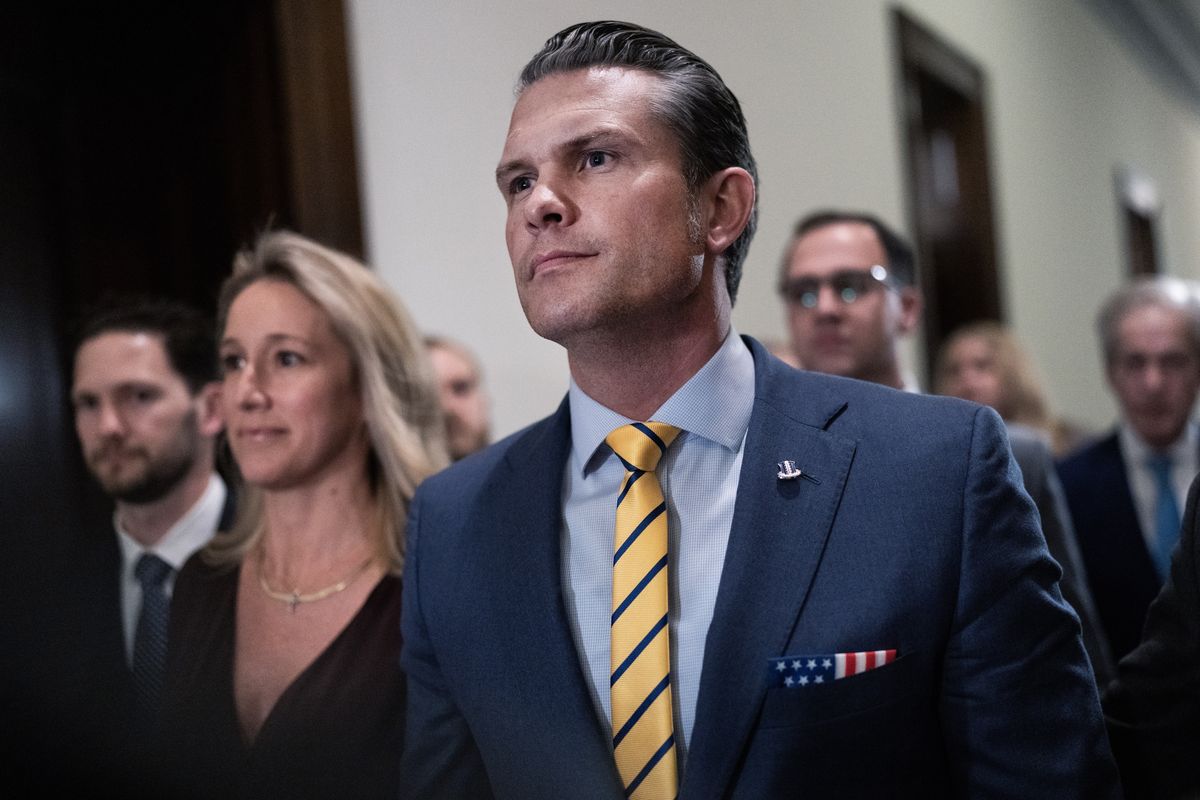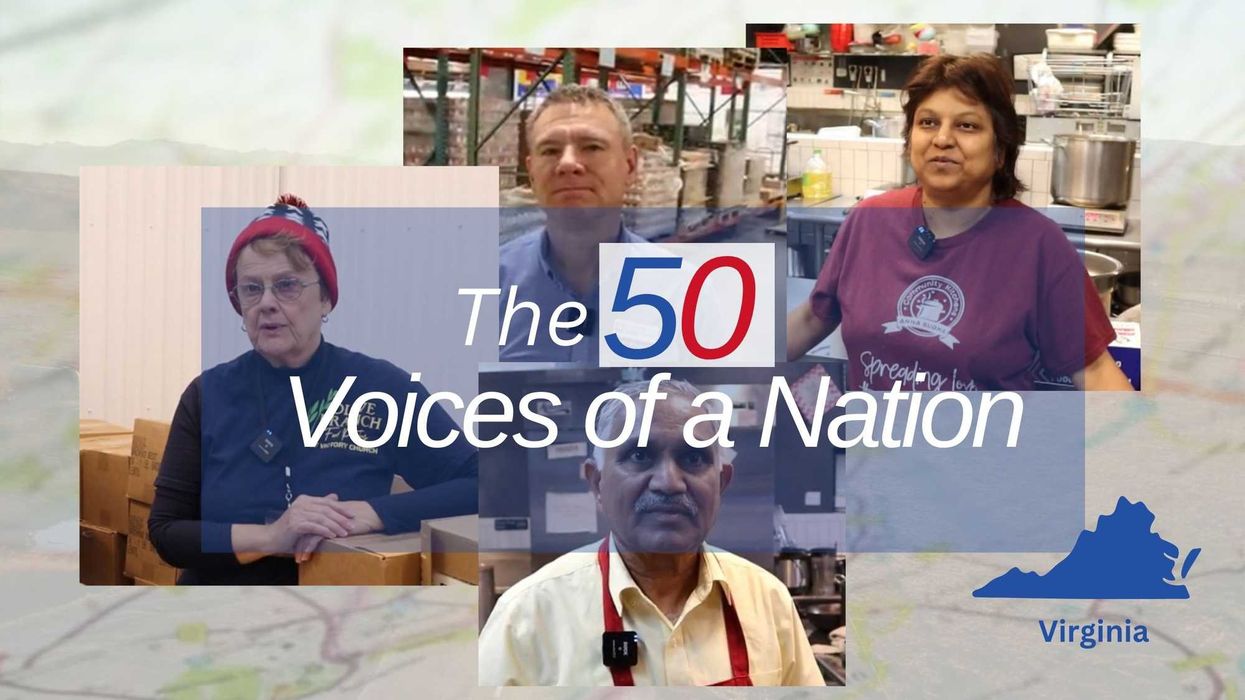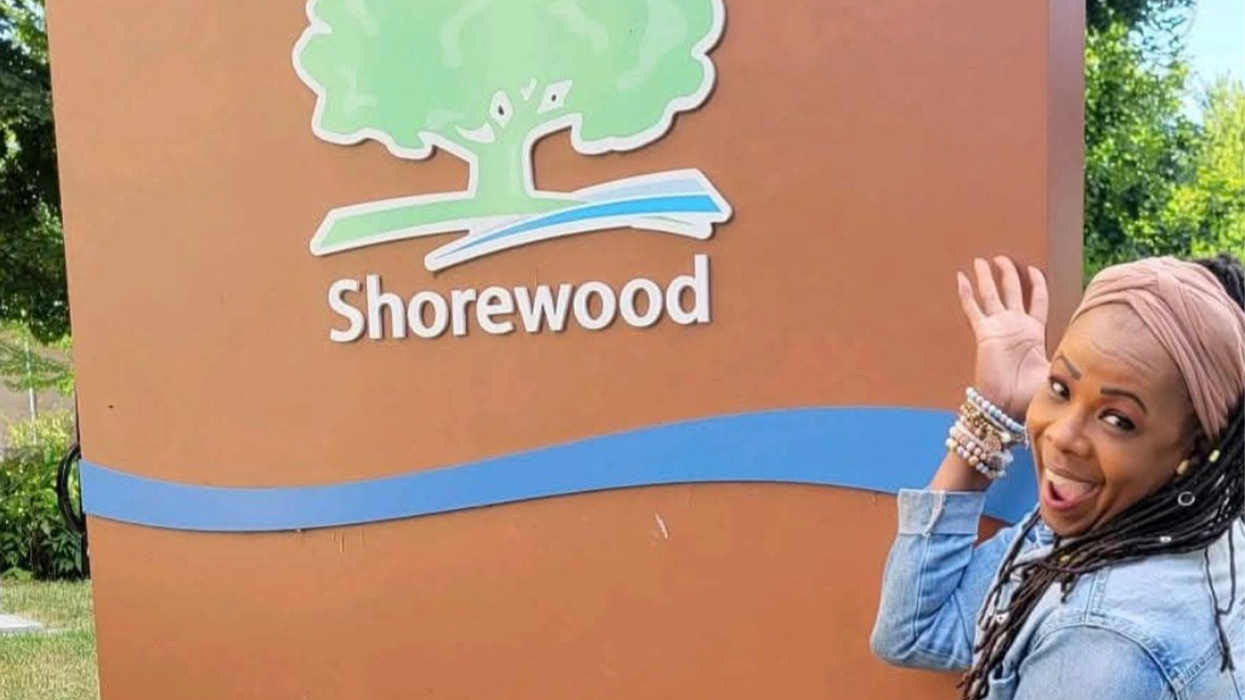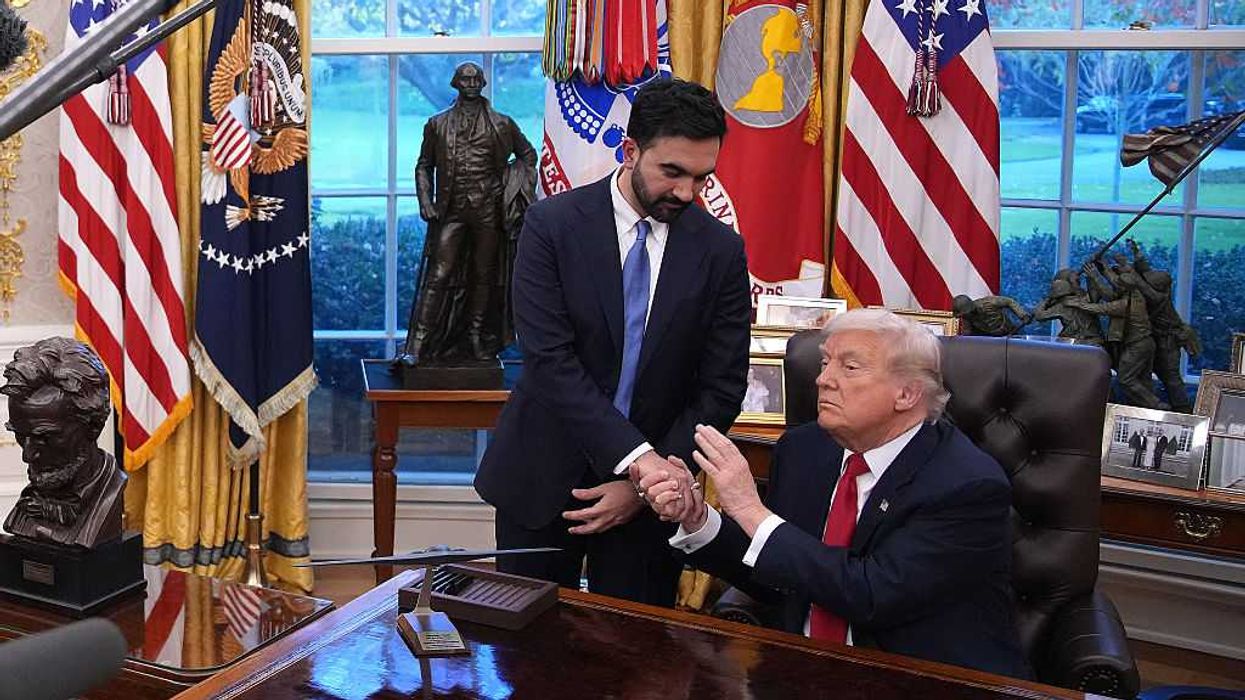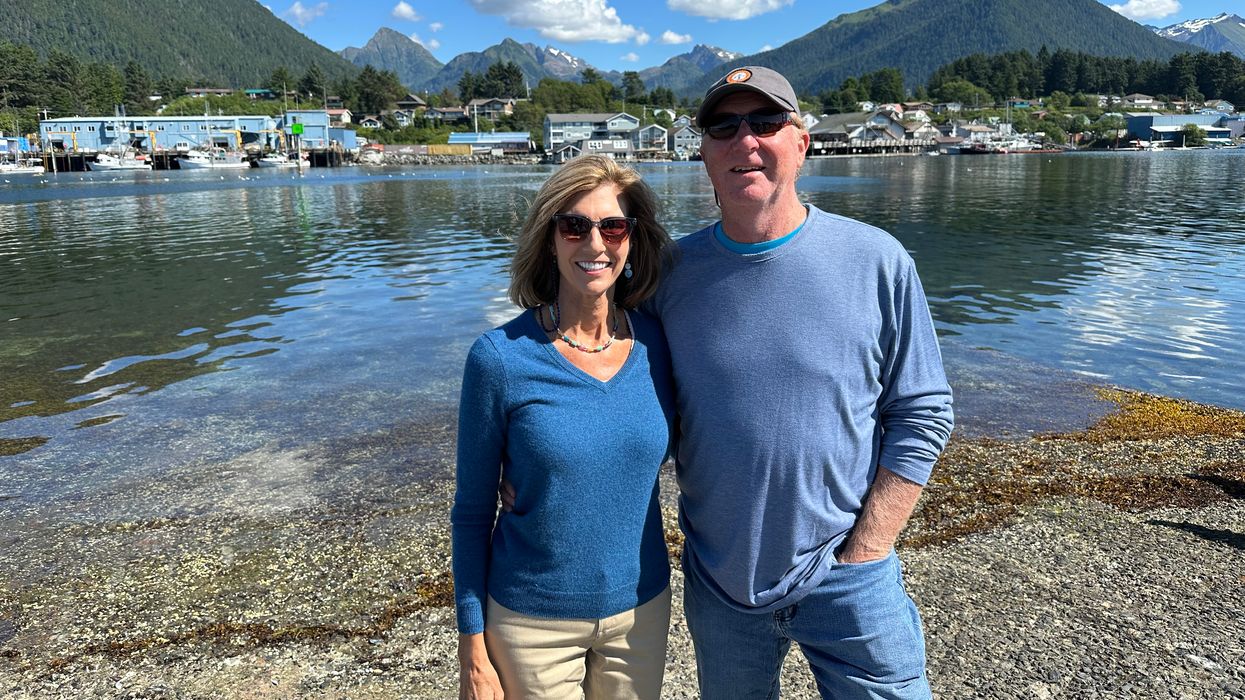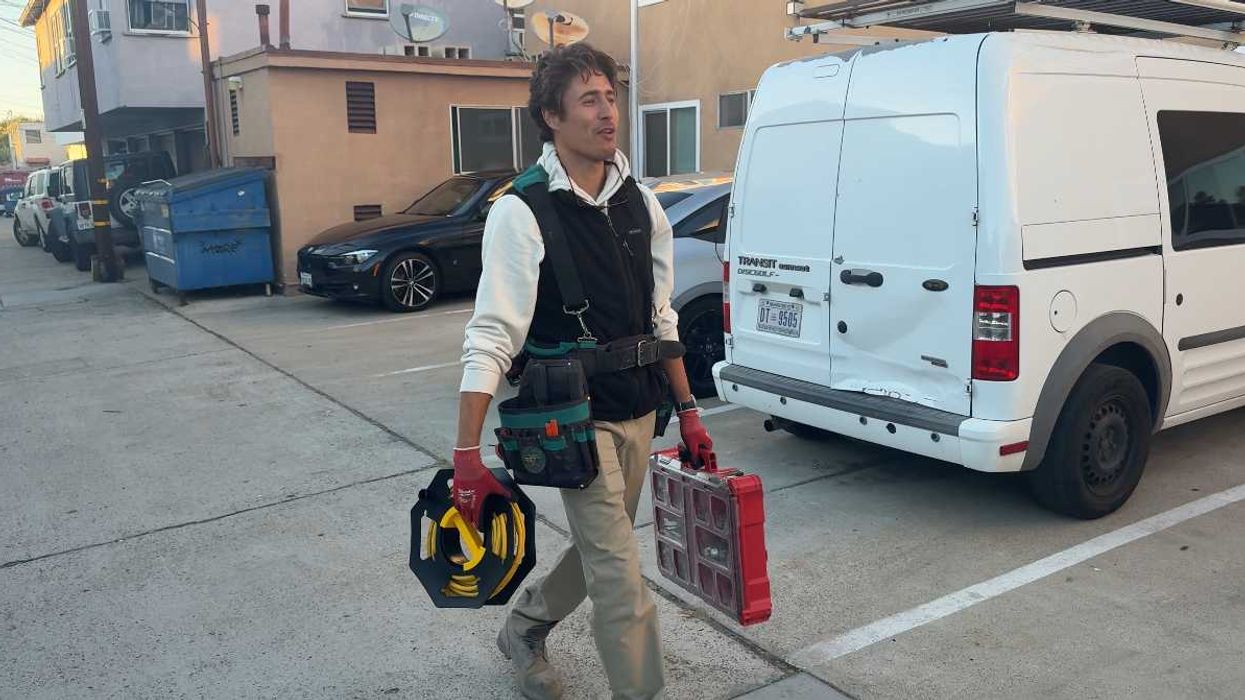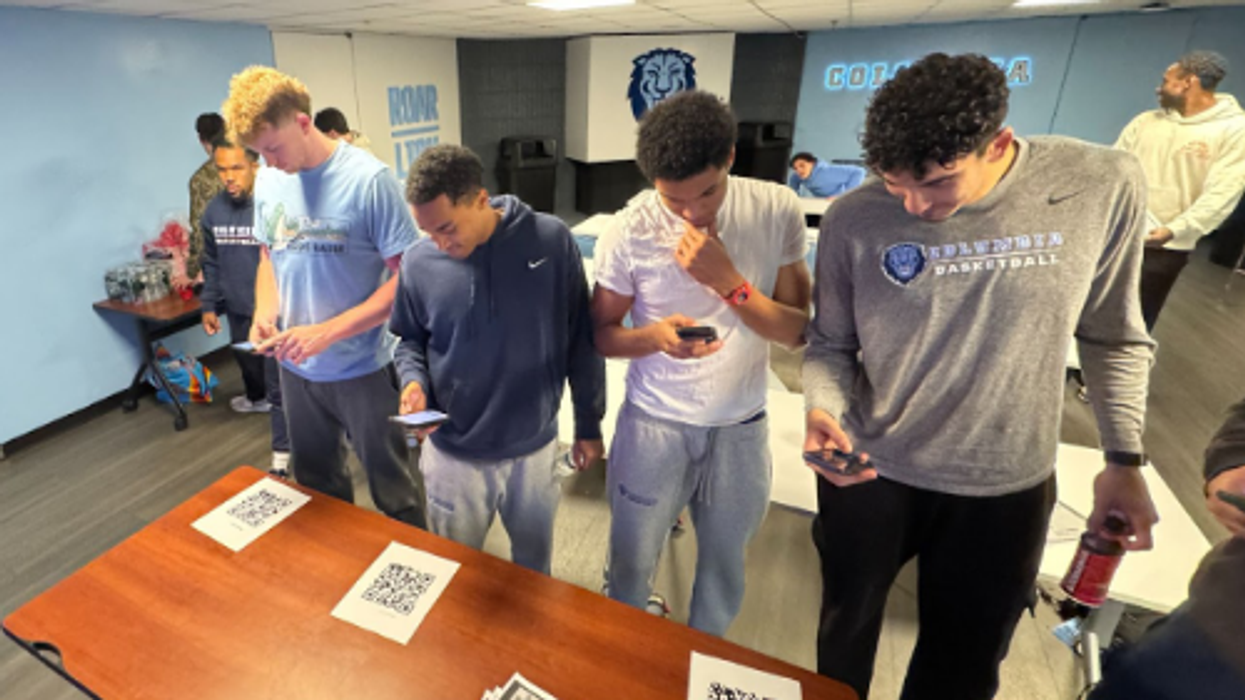When Nupur Punjabi lost her mother in 2018, she felt a strong calling to serve those in need. Originally from India, Punjabi grew up with an appreciation for family, community, and food. So, it is no surprise that her life’s mission now is to “spread love through food,” which also happens to be the tagline for Anna Sudha’s community kitchen, the non-profit she launched in 2021.
“In the Indian culture, mothers are known to spread love to the family through food. Our kitchen is based on the principle that the whole world is one single family,” says Punjabi, whose kitchen is in the Dulles Town Center shopping mall in Sterling, Virginia, not too far from the main international airport hub in Virginia, which serves the greater DC metro area. “Our intention is to nourish everyone who comes into the kitchen through healthy and hot food.”
- YouTube youtu.be
Sterling is in Loudoun County, one of the wealthiest counties in the nation, with a median household income of US$ 156,821. Despite the apparent wealth of Loudoun County, a nationwide Feeding America study based on 2023 data found that 7.5% of the county is deemed food insecure, and 32% rely on the Supplemental Nutrition Assistance Program (SNAP). Feeding America is a network of more than 200 food banks across the country.
Besides serving delicious vegetarian meals to anyone hungry, Anna Sudha’s kitchen also donates, on average, 6500 regular meals per week to shelters, schools, seniors, and single mothers. Her non-profit is one of 400 similar community-based initiatives in the state of Virginia, where, in 2023, at least 1.05 million people were “food insecure,” according to a Feeding America study.
Those who work in communities across the state say that over the past two years, the number of people in Virginia who don’t have enough food to eat has been growing. “In the Blue Ridge region of Virginia, one in nine people is food insecure,” explains Les Sinclair, Marketing and Public Relations Manager at the Blue Ridge Area Food Bank in Winchester, Virginia.
He says that in 2025, food banks across the state are serving 16 percent more people than in 2024, which had a similar percentage increase compared to 2023. “Every month, we are seeing about 175,000 to 200,000 guest visits,” says Sinclair. “If these folks were to stand shoulder to shoulder, they would form a line 41 miles long. The need for food assistance in our region is tremendous.”
Advocates say the need for food assistance is driven by many factors, including the rising costs of food, housing, transport, and childcare, and a minimum wage that does not keep up with inflation.
The minimum hourly wage in Virginia is $12.41. Effective January 1st of 2026, the minimum wage will increase to $12.77. Not much of an improvement, considering that the living wage hourly rate calculation for a single person in Virginia is $25.65. Practically speaking, this is the amount one should earn to cover all necessary expenses, including the costs mentioned above, plus medical, internet access, phone, and tax deductions.
Sinclair says that hunger in America is a problem everywhere, but rural hunger is especially challenging. “Rural areas comprise less than two-thirds of all U.S. counties, but 9 out of 10 counties with the highest food insecurity rates are rural,” says Sinclair. “And, approximately 88% of Virginia's land area is considered rural.”
People in rural areas, explains Sinclair, often live far away from grocery stores and food pantries, may earn low wages or be underemployed, and can face systemic discrimination. Hunger data from Feeding America shows that in 2022, Black people in rural counties were 2.5 times more likely to experience hunger. Native Americans in rural areas face some of the highest rates of hunger.
Marsha Boden, Executive Director of the Olive Branch food pantry in Winchester, says the number of people needing food assistance has increased steadily since January. “Last week, we had a husband and wife come in, both with jobs, and three children. They said they never had to do this before. They can pay their rent and utilities, but they just cannot put enough food on the table.”
Sinclair underscores that many people served by pantries like Olive Branch are working people who are simply trying to make ends meet. He says it is becoming harder for everyone as the cost of living keeps going up. Furthermore, Virginia, like Maryland, is home to many federal employees.
The state has more than 187,000 civilian federal jobs, and the recent 43-day record shutdown worsened financial strain for many federal employees. Even though not all were affected, some families were pushed to the point of needing food assistance. Even before the shutdown, food insecurity in the state had been rising, driven in part by layoffs that began in January as federal agencies implemented aggressive reductions-in-force.
While the rising cost of food had been on people’s minds for the past few years, in the 2024 election, it was front and center. The end of the longest government shutdown in recorded U.S. history saw a resumption of payments towards the food assistance program, or SNAP, which provides an average of $6 per day for nearly 42 million people, the majority of whom are parents with children living at home.
But payments may only be a temporary relief as millions will permanently lose their food assistance. The One Big Beautiful Bill Act of 2025, President Trump’s signature legislation approved in July of this year, is set to cut an estimated $186 billion from the program over the next decade. New implementation guidance was set to start on Nov. 1, during the shutdown.
The law is expected to expand work requirements for all able-bodied adults and increase eligibility paperwork for all parents and older Americans. It will also restrict food assistance for tens of thousands of legal immigrants, including refugees, asylees, and human trafficking survivors. Over time, states will be expected to take on a portion of the food assistance program, which may lead to further restrictions on the number of people who can receive assistance due to limited resources.
Add to this grim scenario the likelihood that many Americans could lose their health insurance subsidies next year, and even more families will struggle to make ends meet. Demand for community kitchens and food pantries, like Anna Sudha’s and Olive Branch in Winchester, Virginia, is almost certain to grow.
“I pray that someday there will not be a food need in the richest country in the world,” says Boden. “But until then, local organizations will have to step up. I tell everyone: please, do what you can for pantries in your local area.”
Beatrice Spadacini is a freelance journalist for the Fulcrum. Spadacini writes about social justice and public health.
Hugo Balta is the executive editor of the Fulcrum. He is also the publisher of the Latino News Network.
The 50 is a four-year multimedia initiative led by The Fulcrum, traveling to communities in every state to uncover what motivated Americans to vote in the 2024 presidential election. Through in-depth storytelling, the project examines how the Donald Trump administration is responding to those hopes and concerns—and highlights civic-focused organizations that inform, educate, and empower the public to take action.




